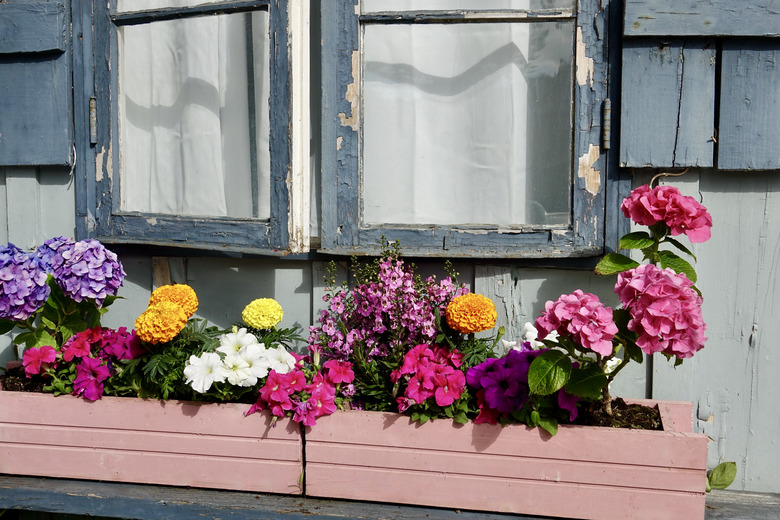How To Repaint Over Chipped Paint
We may receive a commission on purchases made from links.
Chipped or peeling paint not only makes your property look bad but it can also leave the material underneath at risk for damage. Chipped paint outdoors can be particularly bad for your home since the wood, masonry, or other materials underneath are exposed to the weather elements. Before you repaint the area, you'll need to fix the chipped paint to get a smooth finish that will last.
Warning
If you live in a home built before 1978, you could have lead paint. Chipping, peeling, or cracking paint puts kids and pets at risk for lead exposure. You can test the paint with DIY kits or have a lead inspection performed by a professional. If you discover that you have lead paint, consult with a professional for safe removal.
Remove Loose Paint
Remove Loose Paint
To prep for painting, remove all of the chipped or peeling paint from the surface. A paint scraper or putty knife works well for scraping the areas that have loose edges. You can slip the edge of the tool under the paint and carefully move the blade along to peel off the paint.
For more stubborn areas, you can use a wire brush or sandpaper. The wire brush works well on smaller chips. Finish with fine-grit sandpaper to smooth out the area as much as possible. Wipe away the remaining paint chips and dust with a damp cloth.
Patch the Area
Patch the Area
Removing the chipped paint helps eliminate most of the unwanted texture, but you'll likely still see the missing spots if you simply paint over it. Using a thin layer of patching material can help fill in those areas to create a smooth, level surface to paint. Follow a few simple steps to complete the patching process:
- Spread a thin layer of your spackle over the rough area using a putty knife.
- Smooth it completely over the area and about an inch or so beyond the edge, feathering it out to help the area blend in.
- Add more layers as needed to fill in the damaged area.
- Wait the minimum time directed on the packaging or at least 24 hours. Test it with a little sandpaper; if it sticks to the sandpaper, let it dry longer.
- Sand the area using 180- to 220-grit sandpaper. You want the area to be smooth and level without taking off too much of the spackle.
- Vacuum or wipe off the dust from sanding the spackle. If you use a damp cloth or sponge to clean the wall, wait until the surface is completely dry before priming and painting the area.
Prime and Paint
Prime and Paint
The prep work creates a smooth surface to help you get the best results when you paint. You can just repaint the damaged surface and the area immediately surrounding it if you still have the same paint. It can be difficult to get new paint to match exactly. The color difference can also be very noticeable if the original paint has faded.
Start with a layer of high-quality primer. If you're just repainting the patched area, go beyond the edges a few inches, feathering it at the edges to avoid creating a harsh line. Then, apply your paint in the same way. You may have to apply two or three coats to help the repaired area blend in.
